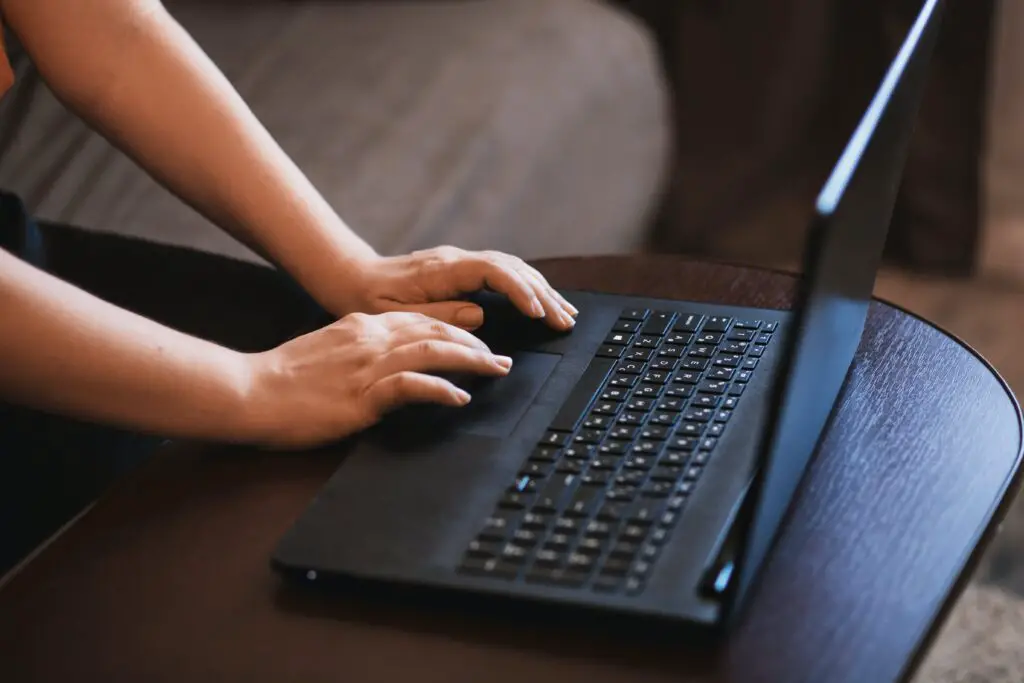Polite and Professional:
How to Request Confirmation of Email Receipt?
In the fast-paced world of digital communication, sending emails has become an indispensable part of our daily routine. Whether it’s for business or personal matters, emails serve as a primary means of conveying information, exchanging ideas, and maintaining connections. However, amidst the flood of messages inundating our inboxes, it’s crucial to ensure that our emails are not only received but also acknowledged by the intended recipients. In professional settings, confirming the receipt of an email is not only courteous but also essential for effective communication and follow-up. This article delves into the art of politely requesting confirmation of email receipt, exploring various phrases and strategies to achieve this with grace and professionalism.

Ways to Say “Please Confirm Receipt of This Email”
The Direct Approach:
When seeking confirmation of email receipt, sometimes the simplest approach is the most effective. A direct request leaves no room for ambiguity, ensuring clarity in communication. Consider using phrases like:
- “Could you please confirm that you’ve received this email?”
- “I would appreciate it if you could confirm receipt of this message.”
- “Kindly acknowledge receipt of this email at your earliest convenience.”
Expressing Appreciation:
Acknowledging the recipient’s time and attention can enhance the effectiveness of your request. By expressing gratitude, you convey professionalism and courtesy. Try incorporating phrases such as:
- “Thank you for your attention to this matter. Would you mind confirming receipt?”
- “I appreciate your prompt attention to this email. Could you kindly confirm receipt?”
- “Your confirmation of receipt would be greatly appreciated. Thank you.”
Providing Context:
Sometimes, offering context for your request can increase the likelihood of a prompt response. By briefly explaining why confirmation is necessary, you demonstrate respect for the recipient’s time and priorities. Consider phrases like:
- “As this email contains important information for our upcoming project, I would be grateful if you could confirm receipt.”
- “In order to ensure that no important details are missed, could you please confirm that you’ve received this email regarding the client meeting?”
- “As per our discussion earlier, I’m following up via email. Could you confirm receipt so that we can proceed accordingly?”
Emphasizing Urgency:
When time is of the essence, it’s essential to convey a sense of urgency without sounding overly demanding. Polite yet clear language can effectively communicate the need for a timely response. Try using phrases such as:
- “Given the time-sensitive nature of this matter, could you kindly confirm receipt at your earliest convenience?”
- “I understand you may be busy, but it’s important that I receive confirmation of this email soon. Would you be able to acknowledge receipt promptly?”
- “As we’re working against a tight deadline, I would appreciate it if you could confirm receipt as soon as possible.”
Offering Assistance:
Sometimes, recipients may hesitate to confirm receipt due to uncertainties or technical issues. By offering assistance, you demonstrate your willingness to facilitate smooth communication. Consider phrases like:
- “If you encounter any difficulties with accessing or receiving this email, please let me know, and I’ll be happy to assist. Could you confirm receipt once you’ve had a chance to review?”
- “I want to ensure that this email has reached you successfully. If you haven’t received it, please inform me, and I’ll resend it. Could you confirm receipt once you’ve had a chance to check?”
- “If there are any issues preventing you from confirming receipt of this email, please don’t hesitate to reach out. Your acknowledgment is important for our records.”
Conclusion
In the realm of professional communication, requesting confirmation of email receipt is a common yet crucial practice. By employing polite and professional language, expressing appreciation, providing context, emphasizing urgency when necessary, and offering assistance, you can effectively solicit acknowledgment from recipients. Remember, clear and courteous communication lays the foundation for productive interactions and fosters positive professional relationships.

